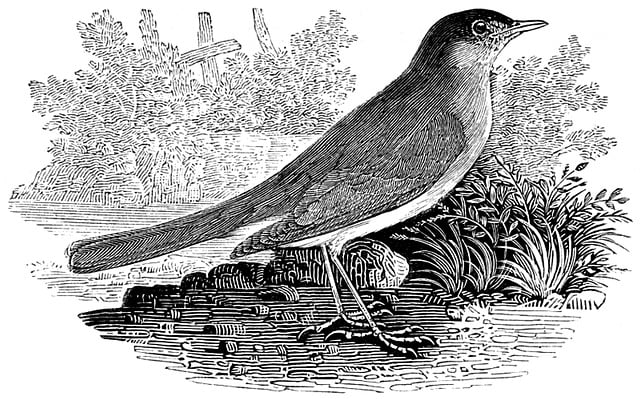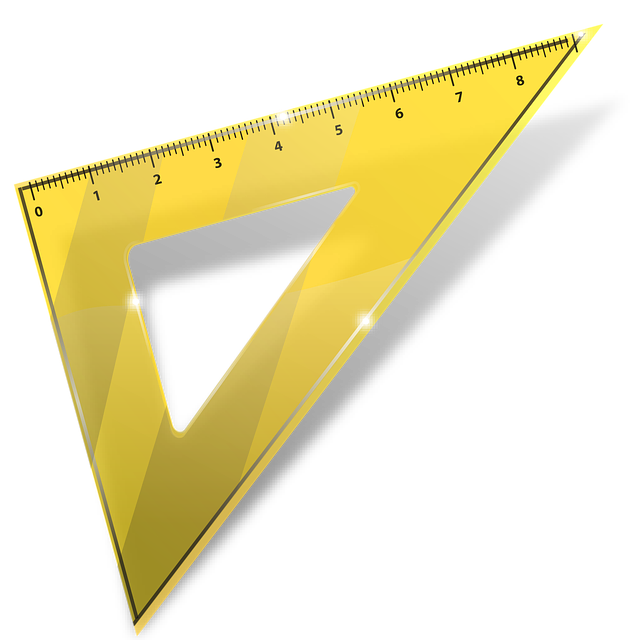Hydro Jetting is a cost-effective, non-invasive sewer line repair technique using high-pressure water to clear obstructions like roots and grease, as recommended in the Sewer Line Repair Guide. This method preserves pipe integrity, prevents costly repairs, and resolves significant clogs with a single session, offering significant advantages over traditional excavation methods. Regular hydro jetting, per the guide, can prevent future clogs and save on repair interventions.
Hydro jetting is revolutionizing sewer line repairs, offering a non-invasive approach that can save you thousands. This powerful method uses high-pressure water to clear clogs and repair pipes, outperforming traditional methods in both cost and efficiency. In this comprehensive guide, we’ll walk you through the process of hydro jetting, empowering homeowners with the knowledge to prevent and resolve sewer clogs, while also providing a cost-effective sewer line repair guide.
- Understanding Hydro Jetting: The Non-Invasive Approach to Sewer Line Repair
- Advantages of Hydro Jetting Over Traditional Methods: Cost Savings and Efficiency
- A Step-by-Step Guide to Hydro Jetting for Homeowners: Preventing and Resolving Sewer Clogs
Understanding Hydro Jetting: The Non-Invasive Approach to Sewer Line Repair

Hydro Jetting is a non-invasive sewer line repair technique that uses high-pressure water to clear and restore pipes. Unlike traditional methods like excavation, which can be costly and disruptive, hydro jetting is a minimally invasive approach. It involves a specialized machine that pushes a powerful stream of water through the sewer lines at high speeds, effectively removing obstructions like roots, grease, or debris. This method not only clears the pipeline but also shapes and smoothes the walls, ensuring optimal flow.
For homeowners and businesses alike, understanding hydro jetting offers a valuable insight into efficient and cost-effective sewer line repair. It’s particularly useful for identifying and addressing issues early on, preventing more severe (and expensive) problems down the line. As a preferred method in the Sewer Line Repair Guide, hydro jetting demonstrates its versatility and effectiveness in maintaining robust and reliable sewer systems.
Advantages of Hydro Jetting Over Traditional Methods: Cost Savings and Efficiency

Hydro Jetting offers a significant advantage over traditional sewer repair methods, primarily in terms of cost and efficiency. With this non-invasive technique, repairing or clearing sewer lines becomes a more pocket-friendly option. Traditional methods often involve extensive excavation, which can lead to high labor costs and potential damage to surrounding structures. In contrast, Hydro Jetting uses a powerful stream of water to clear blockages, leaving the existing pipe structure intact. This method eliminates the need for costly repairs or replacements, making it an economical choice for homeowners and businesses alike.
Moreover, Hydro Jetting is incredibly efficient, saving time and resources. Unlike traditional methods that may require multiple passes or even ongoing maintenance, a single Hydro Jetting session can clear significant blockages, ensuring smooth water flow. This sewer line repair guide highlights the cost-saving benefits and demonstrates why Hydro Jetting is an attractive, efficient solution for maintaining optimal plumbing health.
A Step-by-Step Guide to Hydro Jetting for Homeowners: Preventing and Resolving Sewer Clogs

Hydro jetting is a powerful and efficient method for preventing and resolving sewer clogs, offering homeowners an effective Sewer Line Repair Guide. This non-invasive process involves using high-pressure water to clear blockages in your sewer lines. Here’s a step-by-step guide to help you understand the process:
1. Preparation: Begin by identifying the area where you suspect a clog. Turn off the water supply to prevent any accidental flooding. Gather safety gear, including gloves and goggles, as high-pressure water can cause splashing. Ensure proper ventilation in the area to avoid inhaling any fumes or debris.
2. Equipment Setup: Hydro jetting requires specialized equipment. Connect your pressure washer to a reliable water source. Attach the appropriate nozzle for sewer cleaning, which usually has a larger opening than standard nozzles. Place a catch tank or barrier nearby to collect the flushed debris. Ensure all connections are secure and properly positioned over the suspected clog.
3. Hydro Jetting Process: Start the pressure washer and slowly move it back and forth along the affected pipe. The high-pressure water will blast through the blockage, breaking down any built-up grease, roots, or debris. Keep a safe distance while monitoring the flow of water and debris into your catch tank. Adjust the pressure as needed based on the severity of the clog. Continue until the water flows freely and there’s no sign of resistance.
4. Post-Cleaning: Once the clog is cleared, shut off the pressure washer and remove the nozzle. Clean the area thoroughly to ensure no residual debris remains. Inspect the sewer line for any visible damage or wear and make necessary repairs. Regular hydro jetting can prevent future clogs, saving you significant costs on Sewer Line Repair Guide interventions.
Hydro jetting offers a revolutionary, cost-effective solution for sewer line repair. By employing this non-invasive method, homeowners can save thousands compared to traditional techniques, while also enjoying faster service and minimal disruption to their properties. Armed with the right knowledge, as outlined in this Sewer Line Repair Guide, property owners can now take proactive steps to prevent clogs and efficiently resolve them when needed, ensuring a smoother, more economical experience.
